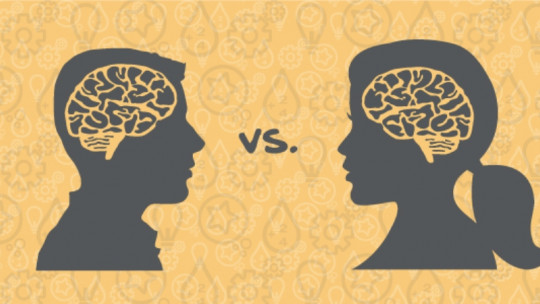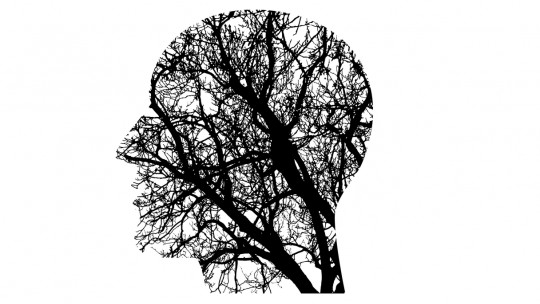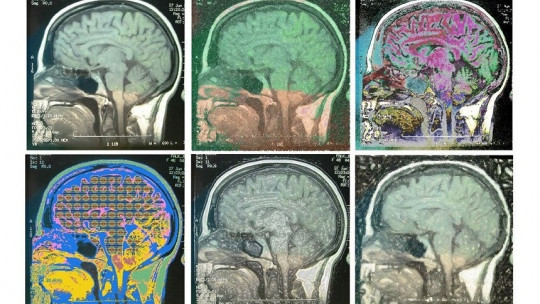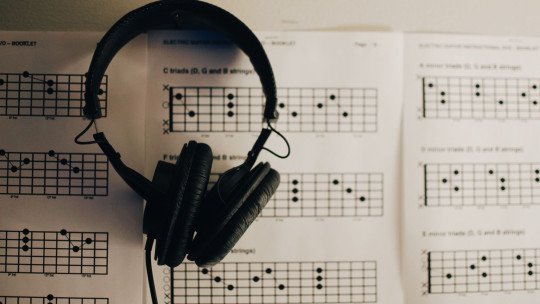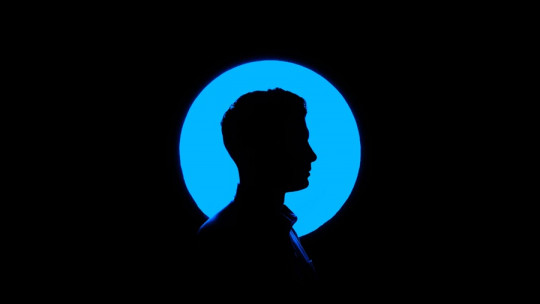The brain has a complex structure that is divided into different sectors responsible for specific tasks. One of these departments is responsible for processing motivation and pleasure through a brain reward system. This system translates the things we experience into positive signals that make us feel good. The role of the brain in our lives is fundamental for our long-term survival and well-being, which is why it is essential to understand how a neural network works, with varied nuances. Furthermore, knowing how to activate it properly can help us experience moments of happiness and pleasure more frequently.
In this PsychologyFor article, we will provide you with information about What is the brain reward system and how it works
What is the brain reward system
The brain reward system is a network of neurons connected to each other with the objective of give pleasant responses to certain stimuli. The repetition of experiences and the learning obtained allow behaviors to be directed towards motivational goals.
As a result of this, people who are subjected to situations of vulnerability and survival can develop a greater capacity for adaptation to the difficulties that arise. In this sense, one of the aspects of the brain reward system is its link to the satisfaction of the biological needs of human beings, such as eating, sleeping, among others.
Without the presence of this framework, there would be great obstacles to making decisions. This system plays a fundamental role in regulating behavior, as it motivates individuals to engage in activities that are beneficial to their survival and well-being.
What are the brain reward centers?
There are some specific areas of the central nervous system that stimulate sensations of pleasure and motivation. Next we will talk about what the brain reward centers are:
- Nucleus accumbens: is located within the midbrain. In general terms, the nucleus accumbens generates positive responses to basic needs and other situations in social life.
- prefrontal cortex: Its function is to produce emotional regulation in decision making. On the other hand, the prefrontal cortex is involved in impulse control.
- ventral tegmental area: It is located within the brain stem and is associated with the release of the dopamine hormone, responsible for sensations of both happiness and pleasure.
- striatum: Its actions are limited to sending responses that refer to motor skills. On the other hand, the striatum maintains a direct connection with the nucleus accumbens.
How the brain’s reward system works
Taking as reference the specific areas that have been described in the previous section, it is important to understand the mechanisms adopted by this neural network. Here we will point out how the brain’s reward system works:
- Stimulus recognition: based on the detection of specific signals, some sectors of the brain are activated by different neurotransmitters that communicate with each other.
- Activation of the nucleus accumbens: Upon the appearance of an event or situation, the Nucleus Accumbens releases dopamine and connects with the Ventral Tegmental Area to continue its course.
- Intervention of the prefrontal cortex: once the nucleus accumbens and the ventral tegmental area have been activated, the prefrontal cortex affects the decisions that the person will make in response to the stimulus they have received.
- Repetition of behavior: the association of the experience with the pleasure obtained has the determining effect of the formation of repetitive behavior. Likewise, the incidence of dopamine can be regulated by the brain’s reward system to form a balance.
In this article we explain how to increase dopamine.
How to activate the brain reward system
In order to achieve more pleasant sensations that create a state of harmony, it is crucial to follow some instructions and/or suggestions. In the next items, we will develop how to activate the brain reward system:
- Set realistic goals: To avoid frustrations, it is vital to adapt habits that allow the release of dopamine. Faced with the setting of concrete and achievable objectives, neural circuits can have an effective intervention.
- Practice physical activity: Body movements enable the release of chemical substances that cause intense satisfaction.
- Fruitful social interactions: Spending time with people who cause joy and sympathy increases the feeling of inner well-being. Likewise, experiences that focus on laughter, crying and containment can activate the brain’s reward system.
- Participate in creative activities: Art provides opportunities to express what you feel. In fact, the creation of content is associated with the happiness that manifests itself externally.
This article is merely informative, at PsychologyFor we do not have the power to make a diagnosis or recommend a treatment. We invite you to go to a psychologist to treat your particular case.
If you want to read more articles similar to What is the brain reward system and how does it work? we recommend that you enter our Cognitive Psychology category.
Bibliography
- Mantero Suárez, G. (2018). Brain reward system and pleasure neurons. Sevilla University.
- Valladares, M., Obregón, AM, Pino, C. (2019). Association between the brain’s reward system and food choice in older and middle-aged adults. Magazine of the Faculty of Medicine, 68 (4), 617-624.


